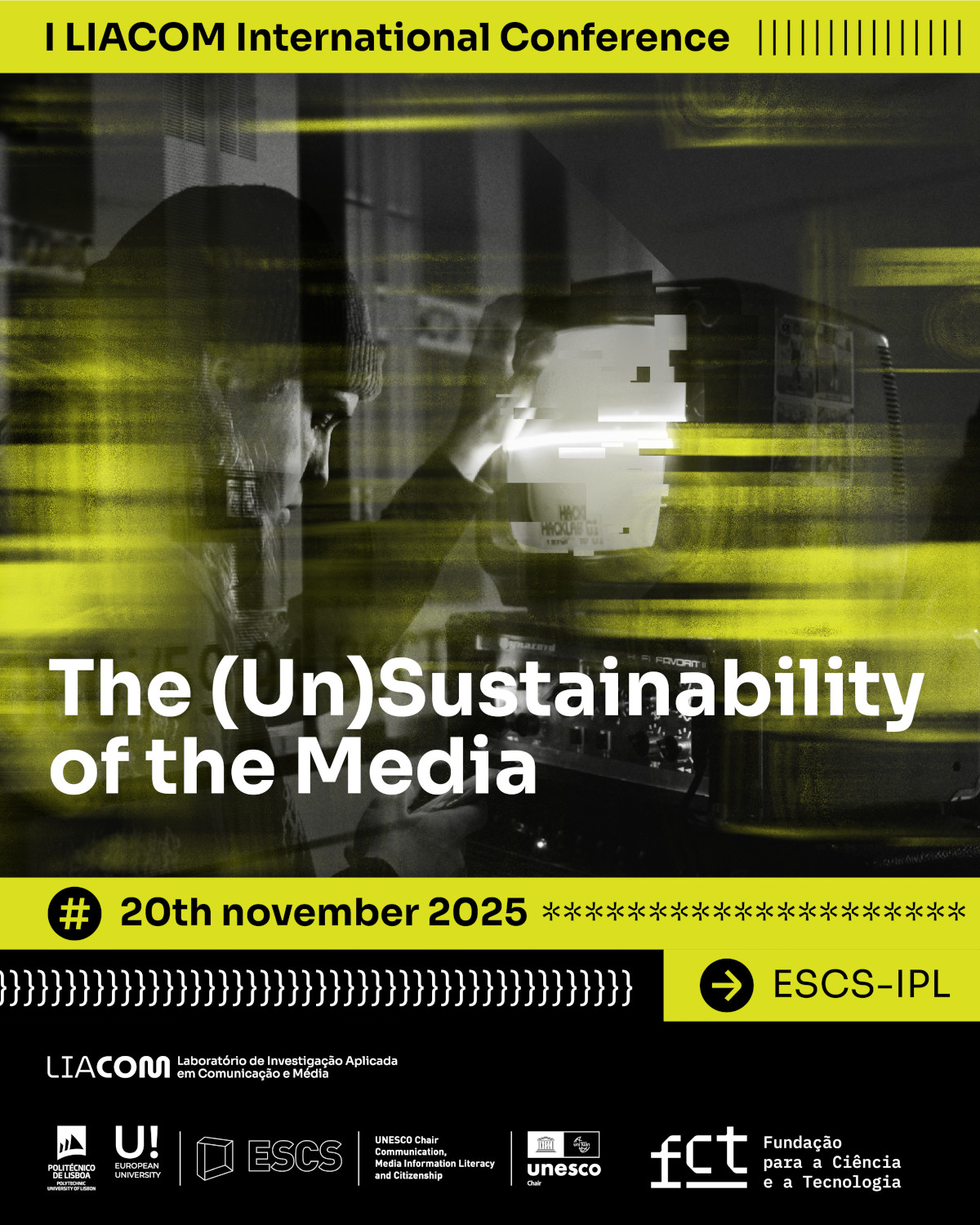The media, as well as activities directly related to the production and dissemination of media content, such as journalism, advertising or public relations, are going through a period of great changes, which has led to an increasing number of reflections on sustainability of the current media landscape.
The crisis of traditional business models has been widely highlighted by academics studying the subject (such as van der Haak, Parks, Castells, McChesney, Anderson, Rushkoff), emphasizing uncertainties and seeking sustainable alternatives in a global context. If, on the one hand, the migration of the public to digital platforms and, consequently, of advertisers, is allowing large technology companies (Amazon, Google, Meta, etc.) to capture a large part of advertising revenue, on the other hand, the rise of digital social networks as primary sources of information has changed the way media content is accessed.
In this way, there is less investment in investigative journalism, the dissemination of lies and the manipulation of information, and a focus on infotainment, all of which contribute to general misinformation and the discrediting of journalism itself. In advertising and content production, the fragmentation of audiences across different platforms (YouTube, Instagram, TikTok, X, etc.) makes campaign planning more complex and brings new challenges, in addition to the dependence of agencies and advertisers on these platforms.
At the same time, the increase and “normalization” of precarious work in all these areas of communication and media also have a profound impact on their sustainability, particularly by affecting the quality, diversity, innovation and even pluralism of their content. On the other hand, new possibilities stimulated by technological development, such as the expansion of the geographic market, deserve to be highlighted.
Thinking about and discussing the (un)sustainability of the media therefore implies going beyond the successively invoked economic-financial dimension and also considering the social, cultural, technological, ethical and environmental dimensions, among others. It means looking at the financial viability of the media, but also at how the media perform their multiple functions in society, understanding the effects and consequences of the transformations taking place in the current context.
The international conference “The (Un)sustainability of the Media” thus seeks to promote a critical and multidisciplinary debate on the challenges and contradictions of today’s media landscape. The aim is to reflect on the role of the media and journalism in the functioning of Western democracies, the confrontation between conventional media and digital social networks as channels for accessing information and creating spaces for visibility and sociability, the challenges and potential of different forms of civic participation in promoting more inclusive governance, the promotion of media literacy, and the ethical and environmental challenges of digital technologies.








